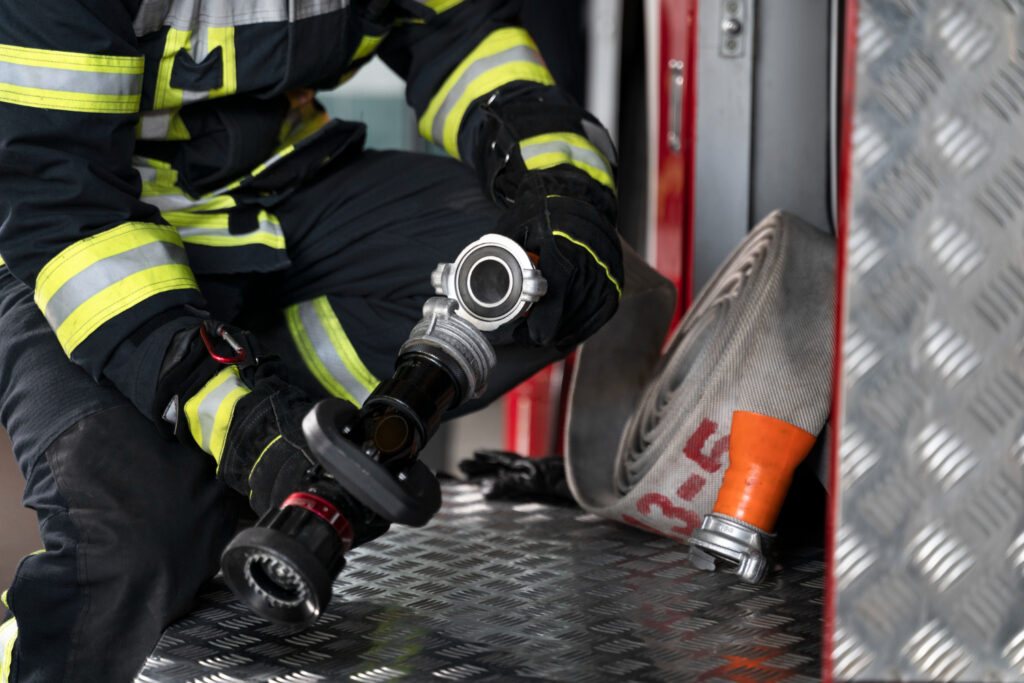Fire safety is a critical concern for individuals and communities across Malaysia. Rapid advancements in technology have paved the way for the development of innovative fire alarm sensor designs that are revolutionizing the way we detect and respond to fires. In this article, we will delve into the world of emerging technologies in fire alarm sensor design, exploring what they are, how they work, and the advantages that notifier fire alarm system offer Malaysians.
What are Emerging Technologies in Fire Alarm Sensor Design?
Fire alarm sensor design has come a long way since the traditional smoke detectors. Emerging technologies encompass a range of advanced sensors and intelligent systems that detect fires promptly and accurately. These technologies include:
- Multi-Sensor Detectors: Combining multiple sensing elements, such as smoke, heat, and carbon monoxide, multi-sensor detectors provide enhanced fire detection capabilities. By analyzing data from different sensors simultaneously, they can minimize false alarms while swiftly detecting potential fire hazards.
- Video-Based Fire Detection: Video-based fire detection systems use intelligent algorithms to analyze video footage and identify signs of fire, such as smoke or flames. These systems are particularly useful in large spaces, as they can cover vast areas and provide real-time alerts to facilitate timely response.
How do Emerging Fire Alarm Sensors Work?
Emerging fire alarm sensors utilize advanced technologies to detect the presence of smoke, heat, or other fire-related hazards. Here’s an overview of how they work:
- Multi-Sensor Detectors: These detectors employ different sensors to monitor various parameters associated with fires. Smoke sensors detect the presence of smoke particles, heat sensors monitor temperature changes, and carbon monoxide sensors detect the presence of this dangerous gas. By analyzing the data collected from these sensors, the detector can accurately identify potential fire threats.
- Video-Based Fire Detection: Video-based systems use high-resolution cameras to capture live video footage. Intelligent algorithms then analyze this footage in real-time, searching for visual patterns associated with fires, such as smoke or flames. When a potential fire is detected, the system triggers an alert, enabling swift response and evacuation.

The Advantages of Emerging Fire Alarm Sensor Designs
- Enhanced Safety: Emerging fire alarm sensor designs offer increased accuracy in detecting fires, reducing false alarms and ensuring early detection. This timely detection enables rapid response, potentially saving lives and minimizing property damage.
- Integrated Monitoring: Some advanced fire alarm sensors can be integrated with building management systems, allowing for centralized monitoring and control. This integration enables quick identification of fire incidents and enhances the effectiveness of emergency response.
- Advanced Features: Many emerging fire alarm sensors come equipped with additional features, such as self-diagnostic capabilities, wireless connectivity, and remote monitoring. These features simplify maintenance, facilitate system updates, and improve overall reliability.
Conclusion
As technology continues to advance, the field of fire alarm sensor design is rapidly evolving. Emerging technologies, such as multi-sensor detectors and video-based fire detection systems, are transforming the way we detect and respond to fires. By leveraging these innovations, Malaysians can enjoy enhanced safety and improved protection against fire-related hazards. Stay informed about the latest advancements in fire alarm sensor design to ensure the safety of yourself, your loved ones, and your community.
